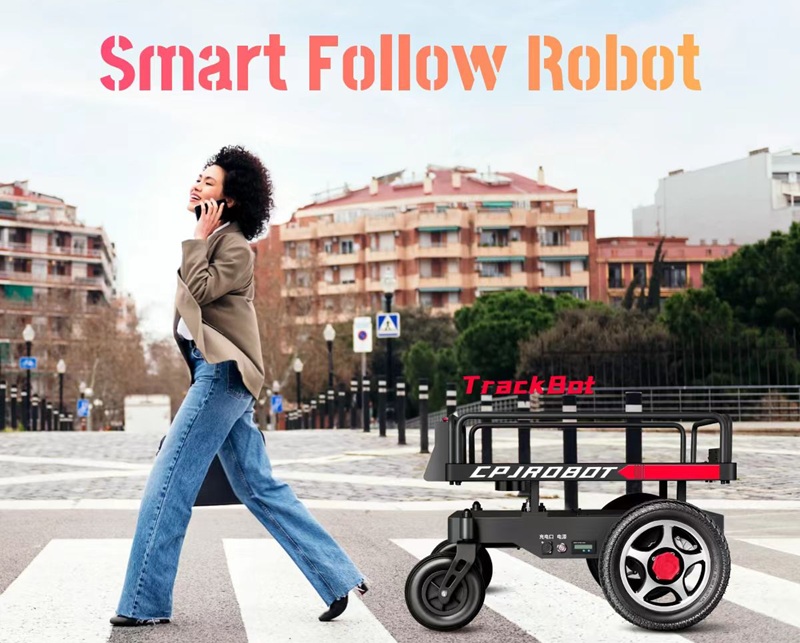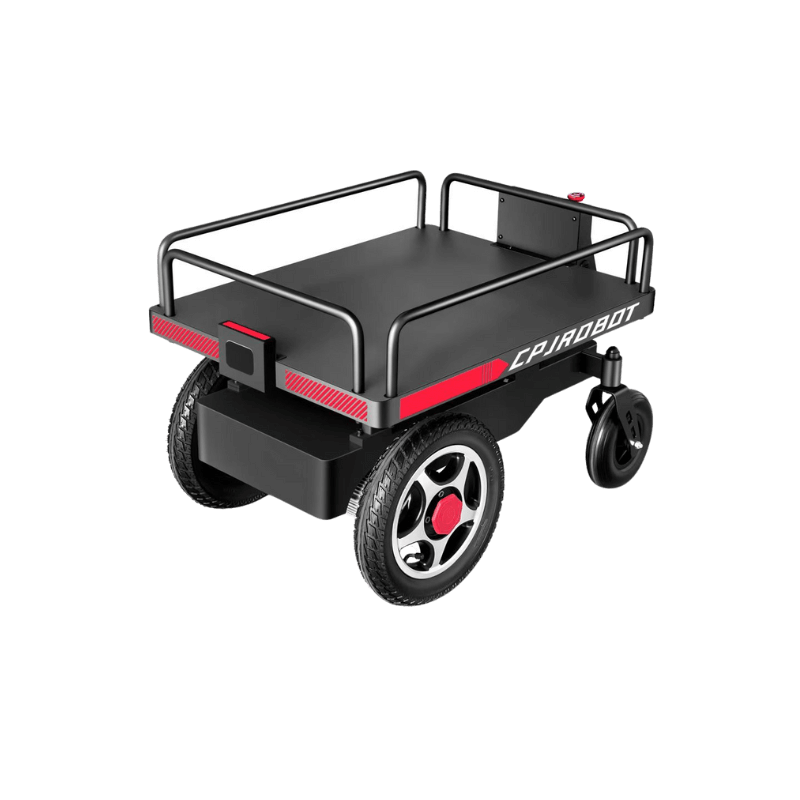In today’s fast-paced digital world, customer expectations are higher than ever. Instant responses, personalized solutions, and 24/7 availability are no longer luxuries but necessities. Enter intelligent customer service robots powered by large model technology. These advanced systems are reshaping customer support and driving seamless, efficient interactions.How exactly do they achieve this? Let’s explore how intelligent customer service robots leverage large model technology to transform the customer experience.

1. Enhanced Understanding of User Intent
At the heart of effective customer service lies understanding—and this is where large model technology excels. Using natural language processing (NLP) and deep learning, intelligent customer service robots can accurately interpret user intent, even from ambiguous or complex queries.
Imagine a customer asking, “What’s the warranty on this product if I buy it now?” Large models not only capture the essence of the question but also understand subtle nuances like urgency or conditions. This deeper understanding leads to more relevant, accurate, and timely responses.
Why it matters: Customers get answers faster, leading to improved satisfaction and reduced frustration.
2. Automated Response Generation
Gone are the days when robots could only provide canned, repetitive responses. With large models, customer service robots can generate tailored, automated answers to inquiries—whether they’re common FAQs or complex, multi-step issues.
For instance, a query like, “How do I reset my router for a stronger signal?” prompts a precise and step-by-step solution, eliminating the need for human intervention.
Why it matters: This automation reduces wait times and allows human agents to focus on more critical tasks.
3. Contextual Awareness for Seamless Conversations
Have you ever had to repeat your issue to multiple support agents? Frustrating, right? Intelligent customer service robots solve this problem through contextual awareness.
Large models enable robots to remember previous conversations, track interaction history, and maintain continuity. For example, if a customer chats about a delayed order, the robot can refer back to that discussion without starting from scratch.
Why it matters: Continuity creates a smooth, personalized experience, making customers feel valued and understood.
4. Intelligent Recommendations for Personalized Support
Thanks to large models, customer service robots can analyze user data and behavior to offer intelligent recommendations. This is especially powerful in e-commerce settings.
For example, if a customer asks about a laptop, the robot can suggest related accessories like a mouse, keyboard, or laptop bag based on purchasing patterns.
Why it matters: Proactive recommendations not only enhance the user experience but also drive upselling and cross-selling opportunities for businesses.
5. Multi-Modal Interaction for Flexibility
Modern customer service robots are no longer restricted to text-based chats. Leveraging large model technology, they can handle multi-modal interactions, including:
- Text-based queries
- Voice commands
- Image recognition (e.g., scanning product barcodes)
- Videos
This flexibility ensures that customers can interact through their preferred method, whether that’s typing on their phone or speaking through a smart device.
Why it matters: Multi-modal support improves accessibility and user satisfaction across diverse communication preferences.
6. Emotion Recognition and Sentiment Analysis
Customer service is not just about solving problems—it’s about empathy. Large model-powered robots use sentiment analysis to detect emotions within text or voice inputs.
For example, if a customer’s message conveys frustration (“Why is my order still not here? I’m really upset!”), the robot can adjust its tone and response to acknowledge the emotion: “I’m really sorry to hear about this delay. Let me quickly check the status and resolve this for you.”
Why it matters: Empathetic responses build trust and enhance overall satisfaction.
7. Continuous Learning and Adaptation
Large models allow customer service robots to continuously learn from new interactions and user feedback. Over time, they adapt to:
- New customer queries
- Evolving product or service information
- Common issues and their resolutions
This means businesses don’t need to manually update knowledge bases every time something changes.
Why it matters: Robots stay up-to-date, ensuring customers receive accurate, relevant information.
8. Data Analytics for Business Insights
Beyond improving individual interactions, intelligent customer service robots also collect and analyze vast amounts of customer interaction data. Businesses can use these insights to:
- Identify common pain points
- Optimize support processes
- Predict customer needs
For example, if many users ask about the same technical issue, businesses can prioritize fixing it and even preemptively communicate the solution.
Why it matters: Data-driven insights help businesses improve both their services and customer experience.
The Future of Customer Support is Here
Intelligent customer service robots, powered by large model technology, are not just a trend—they’re the future of customer interactions. With their ability to understand, adapt, and empathize, these robots are transforming support systems into faster, smarter, and more human-like experiences.
By leveraging advanced NLP, contextual awareness, and continuous learning, businesses can offer 24/7 customer service that feels personal and efficient. As large models continue to evolve, we can expect even greater capabilities, from deeper emotional intelligence to seamless multi-channel support.
Ready to transform your customer support? Investing in intelligent customer service robots might just be the upgrade your business needs to deliver satisfaction, loyalty, and long-term success.
What do you think about AI-powered customer service? Share your thoughts or experiences in the comments below!






